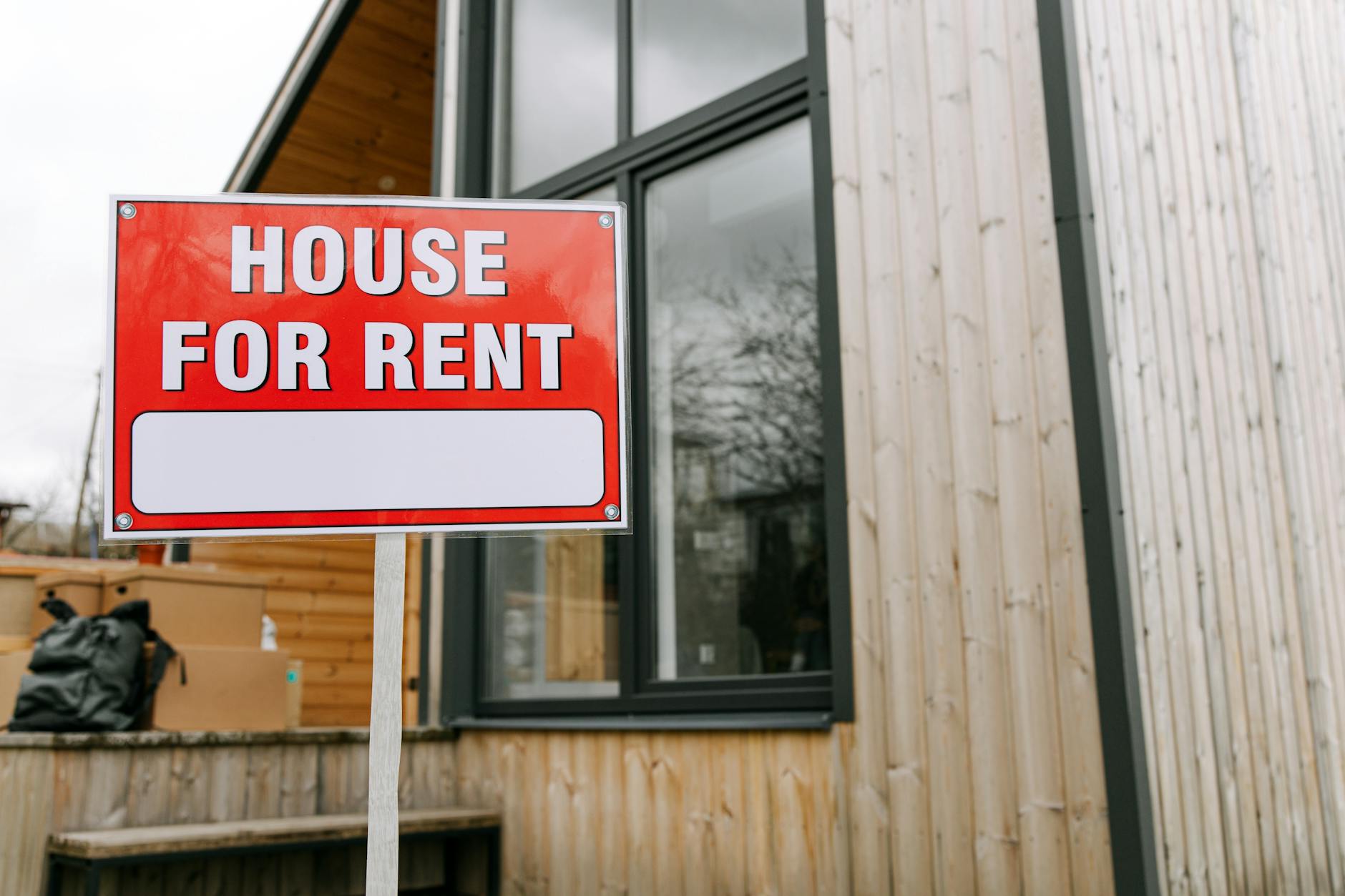Effective Strategies for Section 8 Tenant Applications and Landlord Support
Effective strategies for Section 8 tenant applications and landlord support are essential tools for optimizing the rental process within this federal housing assistance program. Section 8, also known as the Housing Choice Voucher Program, helps low-income families afford safe and decent housing. For tenants, understanding how to navigate the application process effectively can greatly increase their chances of securing housing. For landlords, supporting Section 8 tenants and cooperating with the program can not only provide a steady rental income but also expand their pool of potential tenants. In this article, we will explore key strategies for tenants applying for Section 8, how landlords can support these tenants, and best practices that encourage a smooth and successful rental experience for both parties.
Navigating the Section 8 tenant application process
Applying for Section 8 housing assistance involves a detailed and sometimes complex process. Prospective tenants should begin by thoroughly researching local Public Housing Agencies (PHAs) since each PHA may have different procedures and waiting lists. To improve the application’s success, tenants must:
- Gather required documents promptly, including proof of income, identification, and current housing status.
- Submit applications accurately and within deadlines to avoid delays or disqualification.
- Stay informed about the waiting list status by maintaining regular contact with the PHA.
- Attend any required briefings or interviews, demonstrating readiness and understanding of the program’s responsibilities.
Landlord benefits and incentives for Section 8 participation
Landlords who accept Section 8 tenants gain several advantages beyond a consistent rental income:
- Guaranteed portion of rent: The government pays a significant part of the rent directly, reducing the risk of late or missed payments.
- Access to a larger tenant pool: Participation expands exposure to low-income families seeking affordable housing.
- Incentives and support programs: Many jurisdictions offer financial incentives for landlords to join Section 8, such as tax benefits or repair assistance.
Understanding these benefits motivates landlords to support tenants, which contributes to longer tenancies and reduces vacancy rates.
Creating a supportive landlord-tenant relationship
A successful Section 8 tenancy depends on effective communication and clear expectations between landlords and tenants. Landlords should:
- Provide detailed lease agreements outlining timely rent payments, maintenance responsibilities, and program compliance.
- Respond promptly to maintenance requests to comply with habitability standards and foster tenant satisfaction.
- Engage in periodic check-ins to address any concerns and promote a respectful relationship.
These practices build trust and help prevent lease violations or program termination.
Best practices for streamlining the inspection and approval process
One challenge of Section 8 tenancy is the mandatory inspection and approval process required by PHAs to ensure properties meet health and safety standards. Both landlords and tenants can take steps to ease this process:
- Landlords: Maintain regular property upkeep and quickly address any issues likely to fail inspection.
- Tenants: Prepare the unit for inspection by keeping it clean and reporting any immediate maintenance needs.
Understanding common reasons for inspection denial can prevent delays. The following table outlines frequent inspection issues and solutions:
| Common inspection issue | Typical cause | Recommended action |
|---|---|---|
| Smoke detector not functioning | Dead batteries or outdated devices | Replace batteries yearly and install compliant smoke detectors |
| Excessive mold or water damage | Poor ventilation, leaks | Repair leaks, improve ventilation, and remediate mold promptly |
| Unsafe electrical outlets | Damaged wiring or exposed sockets | Hire a licensed electrician to repair or replace unsafe wiring |
| Structural hazards | Cracked walls, loose railings | Conduct repairs to ensure safety compliance |
By proactively managing these issues, landlords can avoid failed inspections and facilitate timely tenant move-ins.
Conclusion
Effective strategies for Section 8 tenant applications and landlord support are vital to creating stable, successful housing experiences. Tenants improve their chances by understanding the application requirements, preparing documentation, and staying engaged with the process. Landlords benefit from guaranteed rent payments, reduced vacancies, and potential incentives by welcoming Section 8 tenants and maintaining high property standards. A cooperative landlord-tenant relationship, supported by clear communication and mutual respect, minimizes conflicts and promotes a positive rental environment. Finally, vigilance in property maintenance and inspection readiness ensures compliance and prevents delays. Implementing these interconnected strategies builds a seamless partnership that sustains the objectives of the Section 8 program and benefits all parties involved.
Image by: Ivan Samkov
https://www.pexels.com/@ivan-samkov
editor's pick
latest video
news via inbox
Nulla turp dis cursus. Integer liberos euismod pretium faucibua

